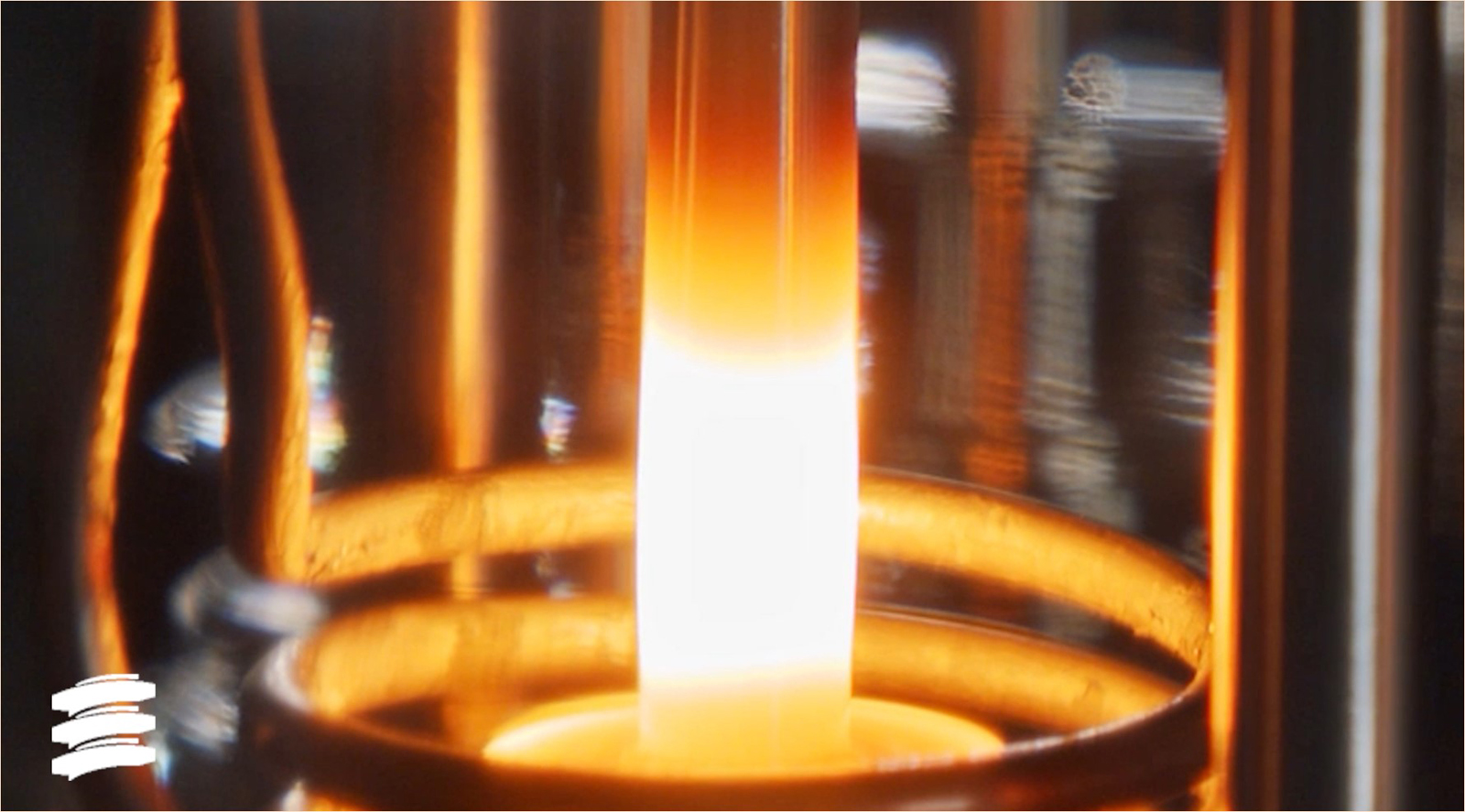The Challenges of Induction Hardening for Ball Screws:
Exploring Complexity and Solutions

Ball screws are vital components used in numerous industries to convert rotational motion into linear motion. Their precise performance and durability are crucial for applications such as manufacturing, aerospace, and automotive. To enhance the wear resistance and extend the lifespan of ball screws, induction hardening is often utilized. However, this process presents several difficulties that must be overcome to achieve optimal results. In this blog post, we will delve into the intricacies of induction hardening for ball screws, exploring the complexities involved and potential solutions.
Complex Geometry
One of the primary challenges in induction hardening ball screws lies in their complex geometry. Ball screws comprise a series of grooves and balls that are difficult to access during the heating process. Ensuring uniform heating and cooling rates across the entire surface becomes problematic. Consequently, variations in hardness may occur, leading to suboptimal performance and compromised durability.
Solutions:
Design optimization: Meticulous design considerations, such as modifying groove shapes or introducing cooling channels, can facilitate additional even heating and cooling, resulting in improved hardness uniformity.
Precise process control: Implementing advanced temperature monitoring and feedback systems allows for more accurate heat distribution, minimizing inconsistencies across the ball screw surface.
Heat-Affected Zone
The induction hardening process introduces heat to the material, leading to the formation of a heat-affected zone (HAZ). The size of the HAZ and its impact on the mechanical properties of the ball screw pose significant challenges. If the HAZ is too extensive, it can weaken the component's strength and durability.
Solutions:
Controlled heating: Optimizing the heating parameters, including power, frequency, and duration, enables precise control over the HAZ size. This ensures that the HAZ remains within acceptable limits without compromising the ball screw's mechanical properties.
Post-hardening treatments: Employing suitable post-hardening techniques, such as tempering or stress-relieving processes, can help alleviate the negative effects of the HAZ. These treatments can restore the desired mechanical properties while reducing residual stresses.
Distortion
Thermal expansion and contraction during induction hardening can induce distortion in ball screws. This can result in deviations from the required tolerances, affecting the accuracy and performance of the component.
Solutions:
Fixture design: Developing custom fixtures or jigs that securely hold the ball screw during the induction hardening process can minimize distortion. These fixtures should accommodate the complex geometry of the ball screw while providing ample support to prevent warping or bending.
Controlled cooling: Implementing controlled cooling techniques, such as using specific cooling mediums or introducing stepped cooling processes, can help mitigate distortion. This approach ensures gradual and uniform cooling, minimizing the risk of dimensional changes.
Equipment Limitations
Induction hardening necessitates specialized equipment, including induction heaters and cooling systems. These components require substantial investment and careful maintenance to ensure accurate and consistent results.
Solutions:
Technological advancements: Continuous advancements in induction heating equipment, such as improved temperature control systems and enhanced cooling capabilities, contribute to more precise and reliable hardening results.
Skilled operators: Equipping the workforce with comprehensive training and expertise in operating and maintaining induction hardening equipment ensures optimal performance and minimizes the risk of equipment-related challenges.
Conclusion
Induction hardening presents several challenges when applied to ball screws due to their complex geometry, the formation of a heat-affected zone, distortion risks, and equipment limitations. However, through design optimization, precise process control, controlled heating and cooling, fixture design, technological advancements, and skilled operators, these challenges can be effectively addressed.


